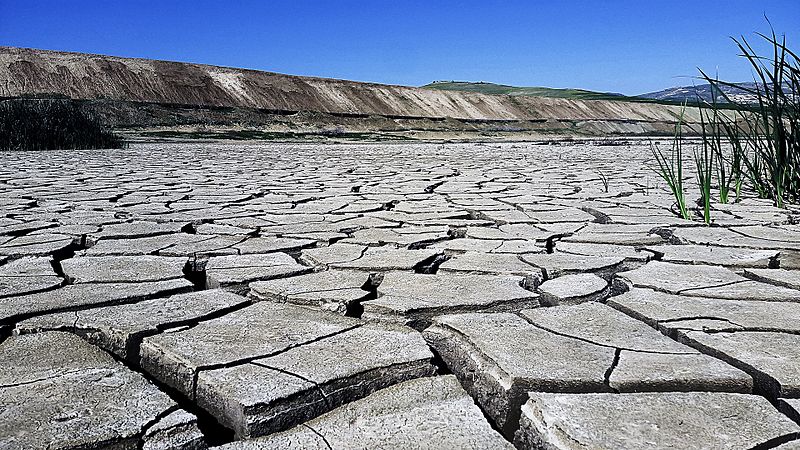Representatives from nearly 200 countries are gathering in Poland for talks on climate change – aimed at breathing new life into the Paris Agreement.
The UN has warned the 2015 Paris accord’s goal of limiting global warming to “well below 2C above pre-industrial levels” is in danger because major economies, including the US and the EU, are falling short of their pledges.

But scientists at the Intergovernmental Panel on Climate Change (IPCC) – the leading international body on global warming – last month argued the 2C Paris pledge didn’t go far enough. The global average temperature rise actually needed to be kept below 1.5C, they said.
So how warm has the world got and what can we do about it?
1. The world has been getting hotter
The world is now nearly one degree warmer than it was before widespread industrialisation, according to the World Meteorological Organization (WMO).
The global average temperature for the first 10 months of 2018 was 0.98C above the levels of 1850-1900, according to five independently maintained global data sets.
How years compare with the 20th Century average
The 20 warmest years on record have been in the past 22 years, with 2015-2018 making up the top four, the WMO says.
If this trend continues, temperatures may rise by 3-5C by 2100.
One degree may not sound like much, but, according to the IPCC, if countries fail to act, the world will face catastrophic change – sea levels will rise, ocean temperatures and acidity will increase and our ability to grow crops, such as rice, maize and wheat, would be in danger.
2. The year 2018 set all sorts of records
This year saw record high temperatures in many places across the world amid an unusually prolonged period of hot weather.
Large parts of the northern hemisphere saw a succession of heatwaves take hold in Europe, Asia, North America and northern Africa – a result of strong high pressure systems that created a “heat dome”.
Read more: BBC


